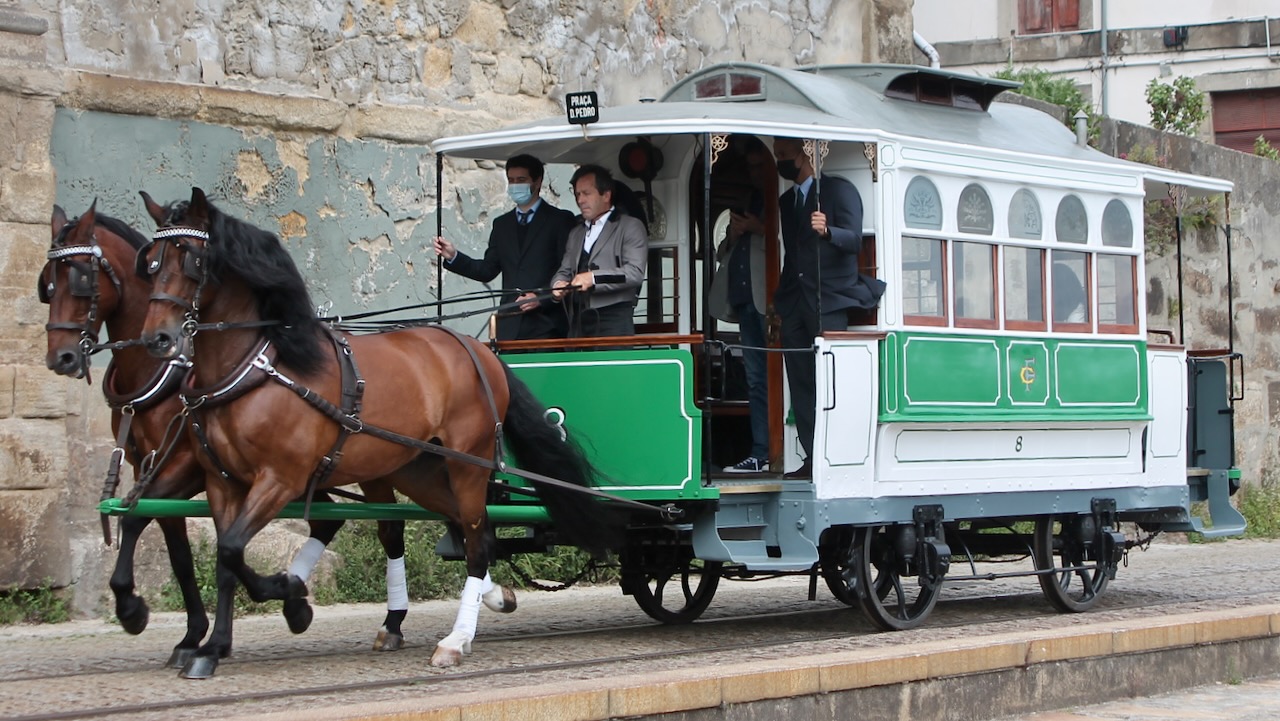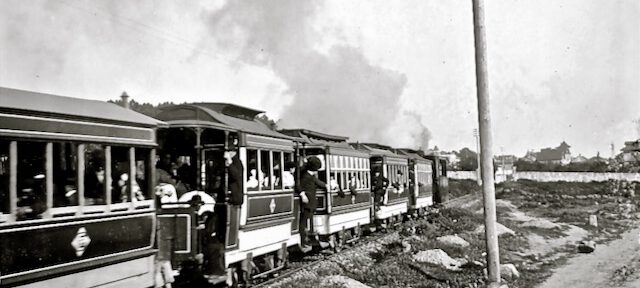Tag: mule tram
-

The Mule (horse) Tram period
Porto, like many other cities, developed a horse tram system in the last decades of the 19th century, although instead of horses mainly mules were used to haul the vehicles. This page tells the history of these first trams of Porto. There is a separate page about the oldest tram vehicles.
-

The Oldest Porto Tramcars
The history of the oldest Porto tramcars is very complicated, but partly also obscure. They were hauled by both mules and steam locomotives. Later part of them were transformed into electric trams while the others continued as trailers of the electric trams. The majority was disposed of during the second decade of the twentieth century,…
-

Coimbra trams
Coimbra was one of the five places in Portugal that had an electric tram system. The city is situated about 200 km north of Lisboa and 120 km south of Porto and dates from the Roman period. The oldest part of the city “Alta” or “Almedina” occupies an irregularly-shaped hill overlooking the Rio Mondego. Already…
-

Braga trams
Braga was one of the five places in Portugal that had an electric tram system. This very old city, with its roots in the pre-historic period, is situated about 55 km north-east from Porto. Apart from the many monuments in the city itself, one of the most important destinations for visitors is the Santuário do…
-

Portugal tram systems
This is an overview of the tram systems that exist or existed in Portugal.
